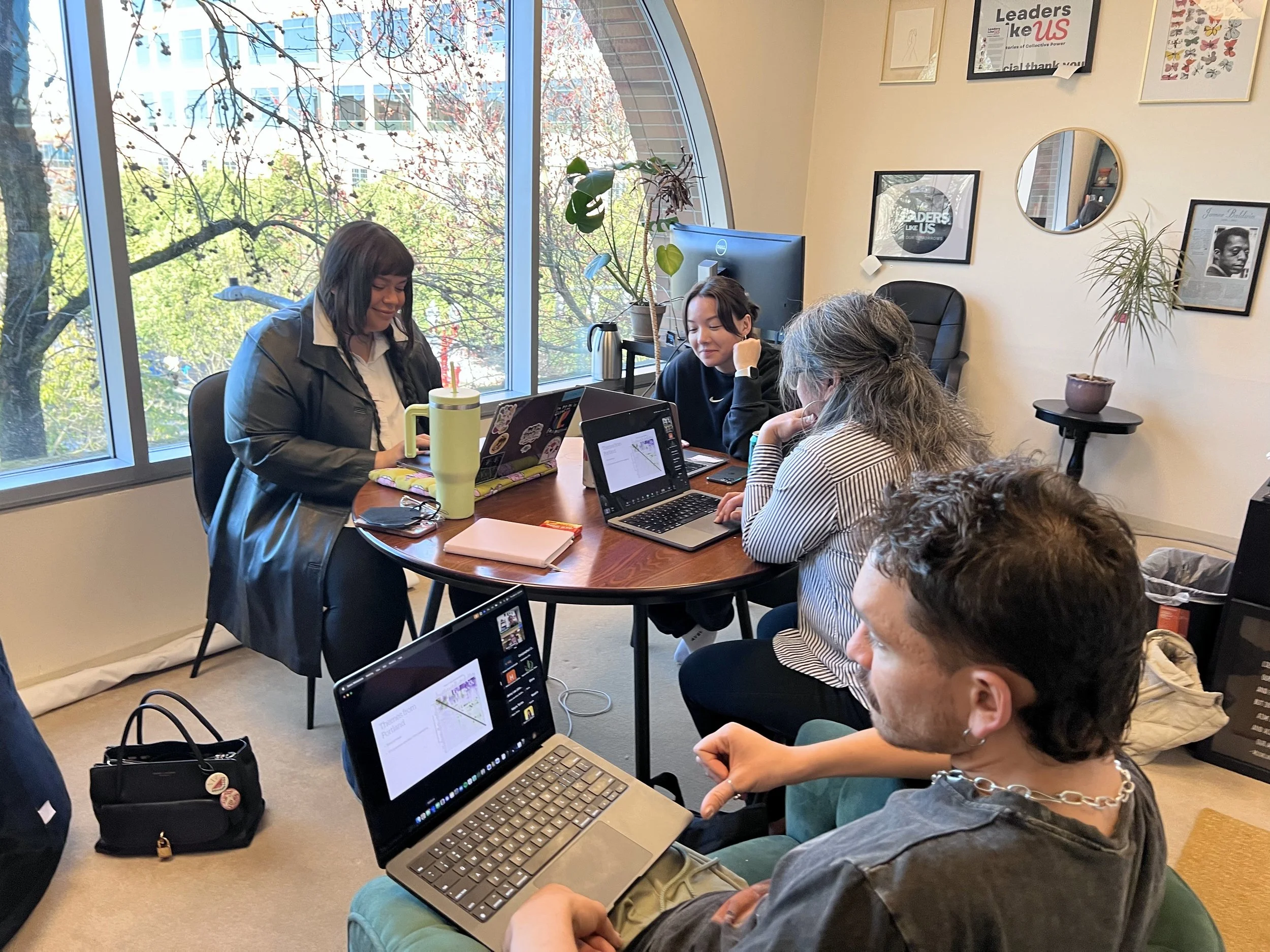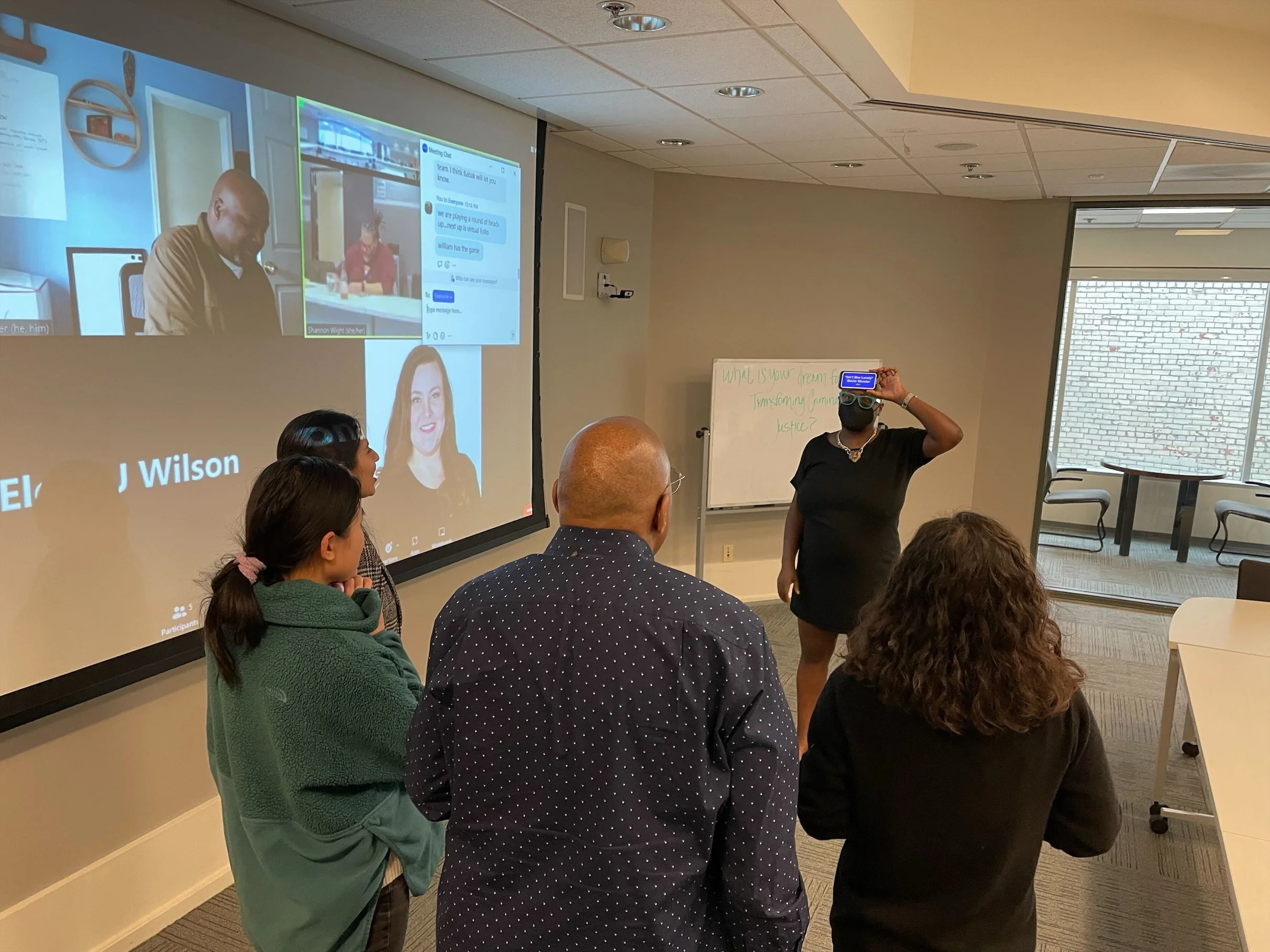Why We’ve Chosen to Own and Manage a Building in Old Town Chinatown
Written by our senior building manager, Matthew Jordan
When I think about my childhood, there are a handful of sense memories that instantly transport me back to my home in the Adams Morgan neighborhood of Washington, DC. I remember vividly the sound of canes, walkers, and wheelchairs clicking, scraping, and rolling on the echoey hallway floors. I remember the clink of silverware and laughter over the smell of delicious food at community dinners. On Sunday mornings, I remember the warm vibrations of hymns from the eclectic Catholic-Black Baptist-Methodist church services a couple floors below my family’s apartment.
The place I grew up in is special in that it isn’t an apartment building, but rather a medical respite facility for people experiencing homelessness, the first of its kind in the U.S., founded by an ecumenical faith community in the mid-80s. On the first two levels of the building are a 33-bed medical facility, outpatient clinic plus shower program, and administrative offices. On the upper floors are apartments for some of the medical and support staff, as well as formerly homeless folks living in community. My parents, both nurse practitioners, started working there not long after the building opened and soon moved in to raise my brother, my sister and me. It was, and still is, a place of hope and healing.
A photo taken in front of the supportive housing program connected to the medical respite where Matthew grew up
Growing up in this place, I learned the importance of two values that I carry with me and see reflected in Northwest Health Foundation’s work: proximity and community. By proximity, I mean presence to those most impacted by the problem they’re seeking to address. By community, I mean a deep-rooted sense of fellowship, of shared resources, and of shared goals. As a place-based funder, NWHF invests in community-led groups in Oregon and Southwest Washington through initiatives like the Justice Reinvestment Equity Program, Civic Health and Advancing Disability Justice. One other way we’re committed to our region isn’t a grantmaking initiative, but rather a physical space: our nonprofit building in Old Town/Chinatown, the Center for Philanthropy. I’ve had the privilege of managing this space for the last four and a half years.
The Philippine Consulate processing passport applications at the Center for Philanthropy
So why has NWHF chosen to own and manage a building? For nearly 20 years, the Center for Philanthropy has served two purposes: 1) as the home to dozens of nonprofits primarily serving Black and Brown communities ; and 2) as accessible, no-cost meeting space available to community groups in our region. By co-locating these organizations under one roof and providing free meeting space, the Center reduces nonprofit administrative costs, provides shared office infrastructure, and creates a welcoming space for learning, connection and collaboration. We seek to create community by providing space for those that need it most but often have the least access. In the words of one meeting space user, “As a nonprofit we have previously struggled to find accessible spaces (both due to cost and quality of facilities) that meet our needs and are a welcoming environment for all. The free meeting space at the Center for Philanthropy has been a tremendous resource for us.” There is a great need for such spaces, and that need continues to grow.
An event in the Ramona Room
Attacks on DEI and funding cuts have exacerbated this need, causing nonprofits to compete against one another for limited resources. We see an opportunity for nonprofits to share resources and expenses instead, to make the most of their diminished funding by collaborating. Our building provides space for organizations to do just that. We’ve seen it when our tenants build coalitions around campaigns. We’ve seen it in the thousands of events and meetings hosted at the Center for Philanthropy over the years, from strategy sessions to press conferences to fundraisers. And we’ve seen it in the kitchen and the break room and the hallways, where staff from across organizations run into each other, stop to chat and share about their work.
Volunteers on the Center for Philanthropy’s green roof
A meeting in one of our tenants’ offices
We aim to create community in our building both intentionally and organically. But we are also a part of unintentional communities. It’s impossible to speak about our building without also speaking about our proximal community. I mean, of course, our neighborhood, Old Town Chinatown, and the community that lives and works there.
Old Town Chinatown is a place rich in history–our city’s original downtown, the cultural center of Portland’s early Black community and home to immigrants from around the world, including those from China and Japan. These groups faced racist and exclusionary policies restricting their movement beyond the area. Today, the neighborhood’s narrative is often dominated by the intersecting crises of poverty, homelessness, and drug addiction. It’s an irony not lost on me or many others that while our building hosts organizations trying to build a more equitable world, just outside our doors the community is visibly not thriving.
A COVID-19 vaccine clinic in the Center for Philanthropy’s parking lot
Playing a game in one of the Center’s meeting rooms
I've heard disparaging comments, like “It’s a real mess down there!” to “You must have to deal with so many challenges” to “Why doesn’t the city just come and clean this up?” But I think the more important question is, how do we begin to invite our neighbors into the vision where every person and every community, regardless of background, thrives?
I want to end with a story about our electrician. On arriving at work, he witnessed someone outside having a mental health crisis. He did not turn away from this anguished individual, and on entering the building told me, “That person was once someone’s everything--that was once someone’s kid.” I too want to see things differently--perceive differently. I believe that this is what builds true community and a vision for a better neighborhood, city and country.









